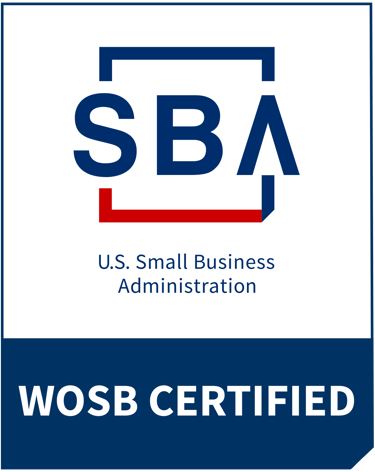Register for my upcoming Build an AI Content Team: Elevate Your Writing, Scale Your Impact course on Maven
The fastest, most honest SWOT analysis you'll ever run
Natalie Lambert
7/25/20252 min read


Welcome to Prompt, Tinker, Innovate—my AI playground. Each edition gives you a hands-on experiment that shows how AI can sharpen your thinking, streamline your process, and power up your creative work.
This week’s playground: The AI-Assisted SWOT Analysis
When was the last time you did a SWOT analysis?
Picture it: a conference room, a whiteboard, and a handful of sticky notes. The "Strengths" column fills up fast with self-congratulatory points. The "Weaknesses" are politely framed. The "Threats" are vague and distant.
Did it feel... a little too safe? A little too predictable?
Traditional SWOT sessions often suffer from groupthink, internal bias, and a fear of being truly critical. We list "strong brand" as a strength without asking if customers agree. We ignore a glaring product flaw because the lead engineer is in the room. We get blindsided by a competitor we never even considered a threat.
The result isn't a strategic tool; it's a corporate ritual that produces a document of what we want to be true. This leaves us with dangerous blind spots that can cost us revenue, market share, and momentum.
Your AI experiment: Build an AI 'Board of Directors'
👉 Time to tinker: Use this prompt to build an AI "Board of Directors"—a panel of ruthless, expert personas—to conduct the analysis for you.
📝 Prompt: “You are a panel of three expert business strategists convened to conduct a brutally honest SWOT analysis. Your panel consists of:
The Skeptical CFO: You are focused on financial viability, profitability, risk, and sustainable growth. Your primary questions are "Is this profitable?" and "Is this sustainable?"
The Loyal Customer Advocate: You are focused on the user experience, value perception, trust, and emotional connection to the product/brand. Your primary questions are "Does this solve my problem?" and "How does this make me feel?"
The Ruthless Competitor CEO: You are focused on market share, competitive advantages, and weaknesses to be exploited. Your primary question is "How can I beat this?"
Your task is to conduct a SWOT analysis for the company/product described below. Do not use corporate jargon. Be specific, critical, and objective.
Present your final analysis in a markdown table with four quadrants: Strengths, Weaknesses, Opportunities, and Threats. For each point you make, you MUST indicate which persona raised it (e.g., [CFO], [Customer], [Competitor]).
Here is the company/product to analyze:
[Your Company/Product/Project Description Here. Be detailed. Include your target audience, key features, pricing/business model, and any known competitors.]”
⚠️ Warning: The quality of this analysis is directly proportional to the quality of your input. Vague descriptions will yield generic results. Be honest and detailed in your setup.
💡 Pro tip: Want to push it further?
Go deeper with follow-ups: Once you have the SWOT, ask your panel clarifying questions. For example: "Based on this analysis, what are the top 2 strategic priorities for the next quarter?" or "Elaborate on the biggest threat identified by the [Competitor]. What specific actions could they take?"
Add more personas: Want another perspective? Add a "Cynical Industry Journalist" or a "Pragmatic Head of Engineering" to your panel and run the experiment again.
Stress-test your strengths: Pick a strength identified by the [Customer] and ask the [Competitor], "How would you neutralize or copy this specific strength?"
What did you discover?
What was the most surprising insight your AI 'Board of Directors' uncovered? Did the [Competitor] persona find a weakness you hadn't considered, or did the [Customer] highlight a strength you were undervaluing?
Until next time—keep tinkering, keep prompting, keep innovating.

